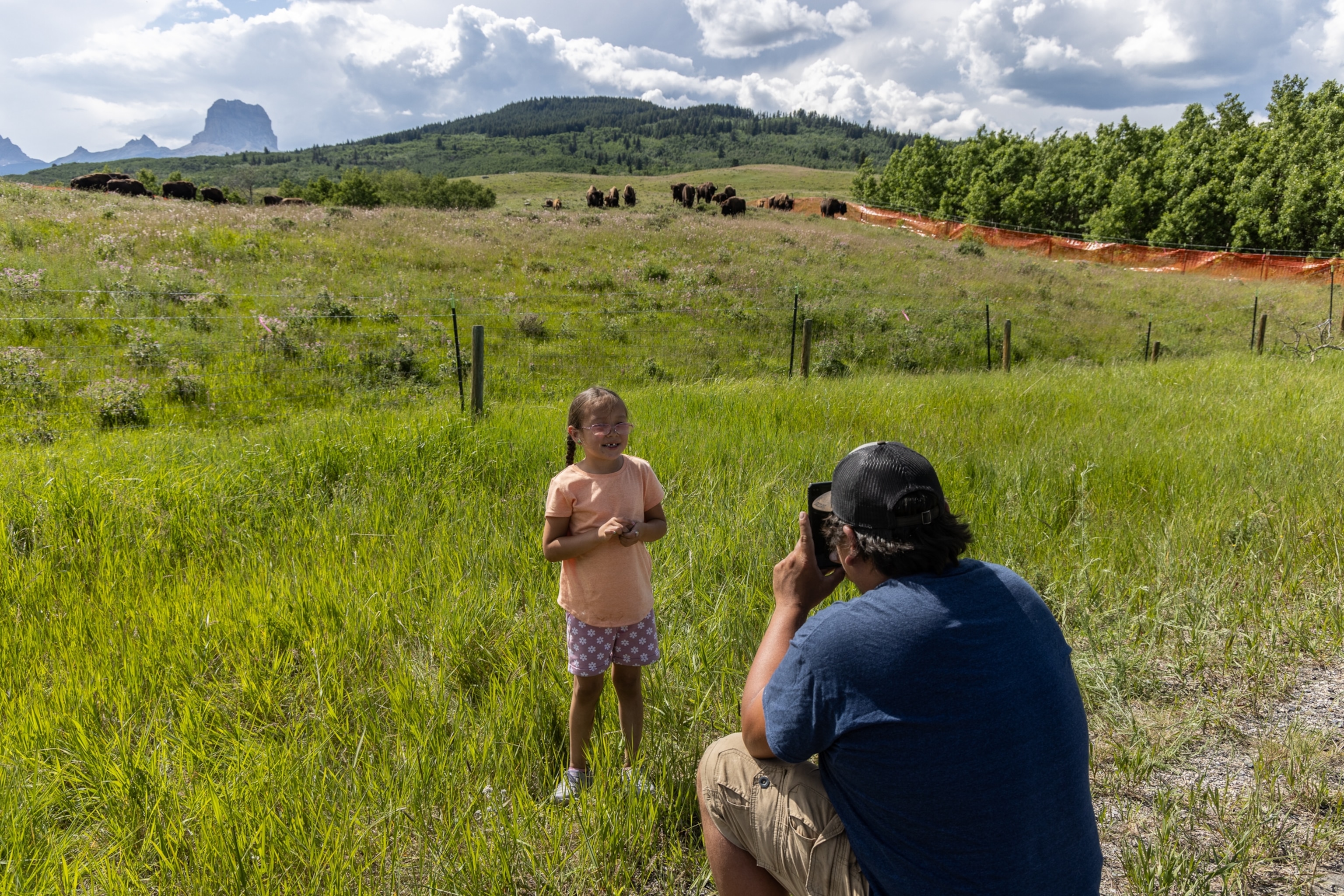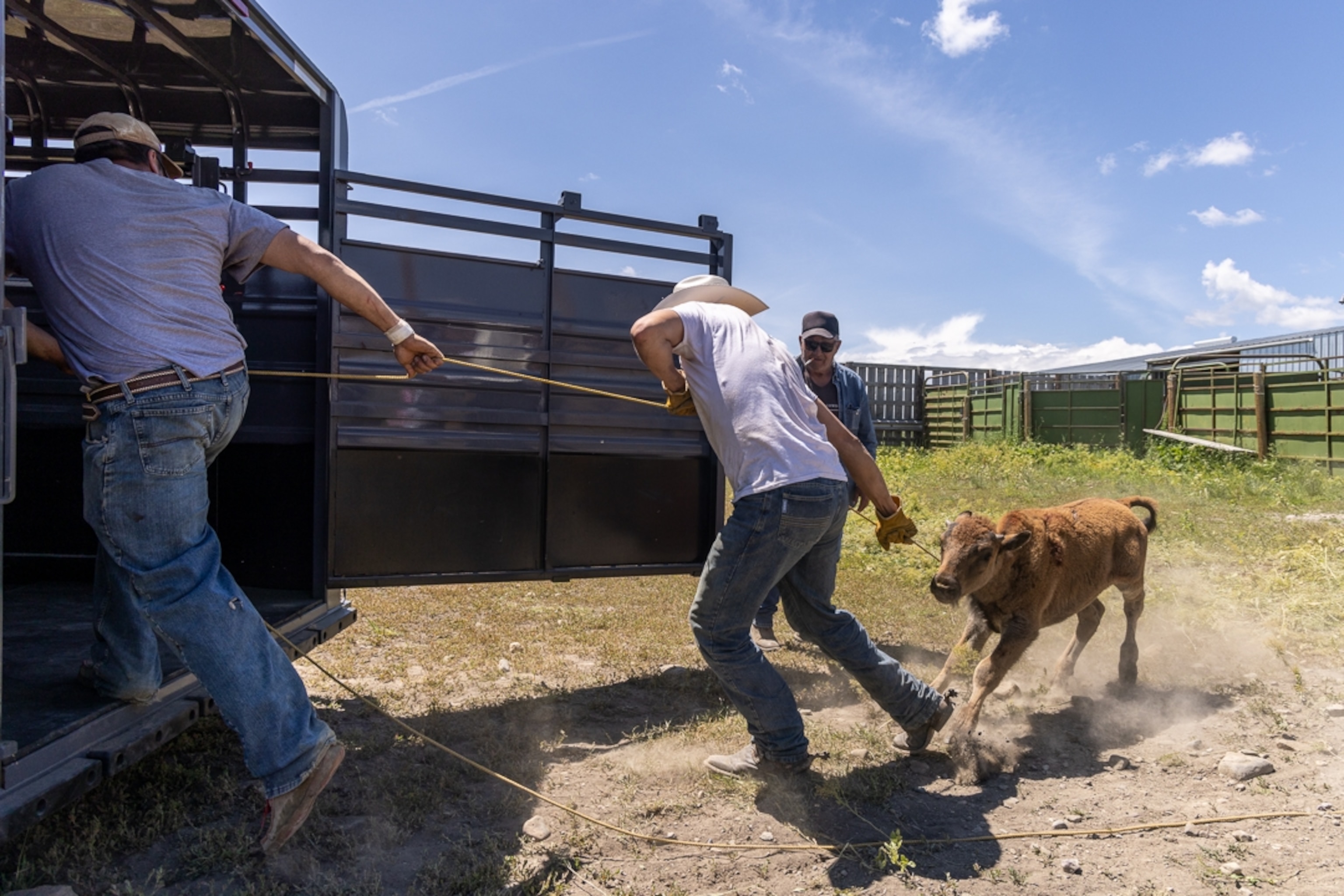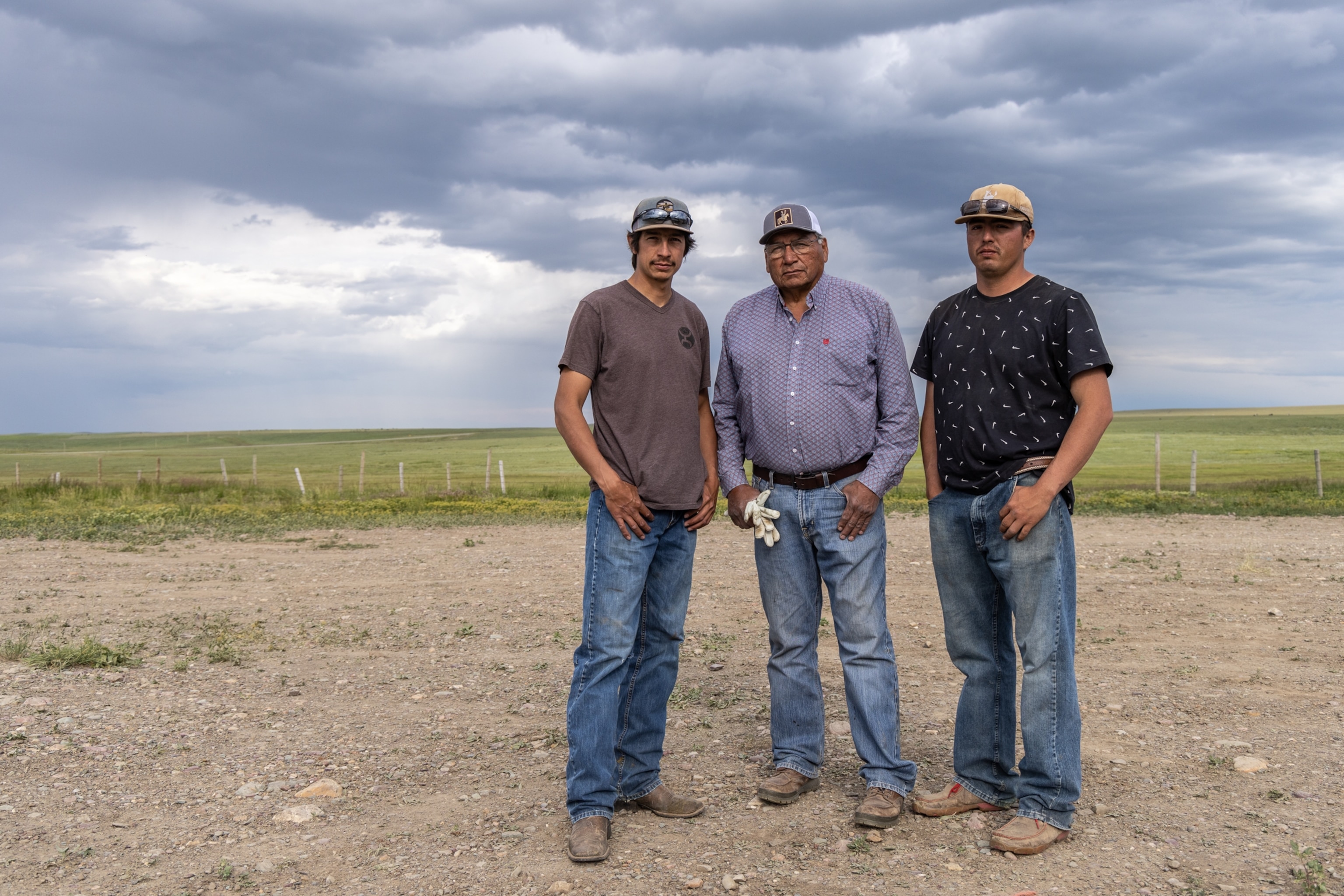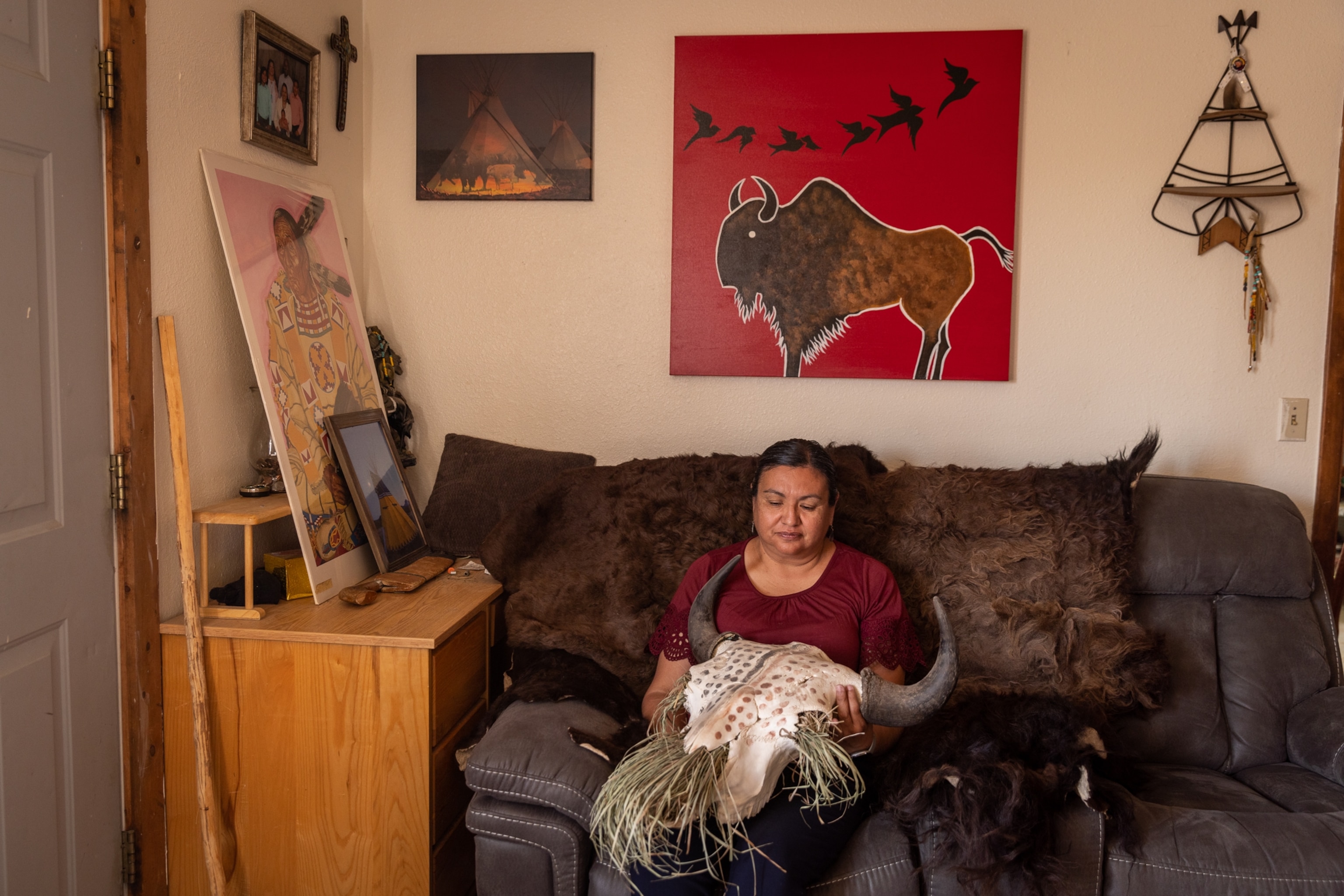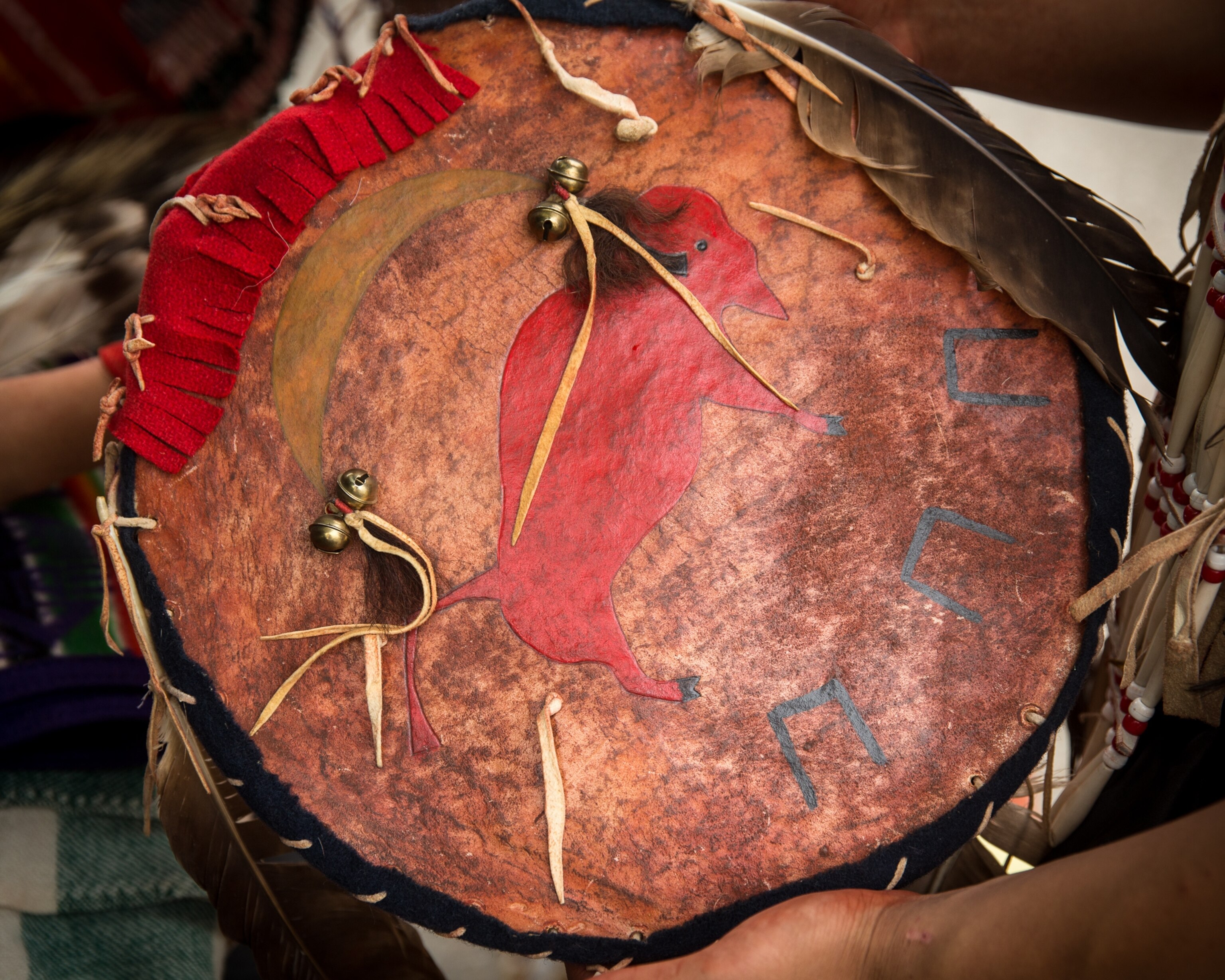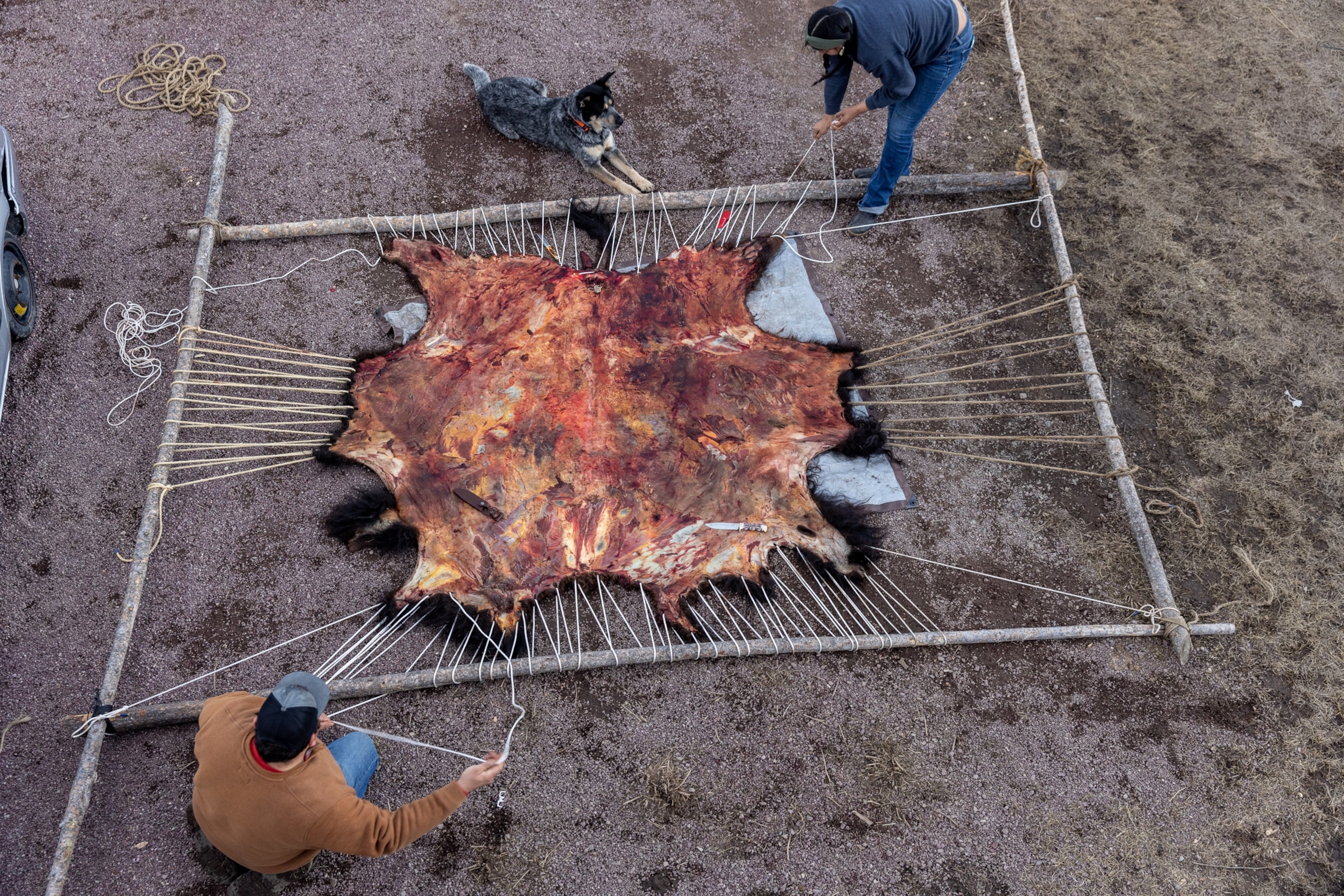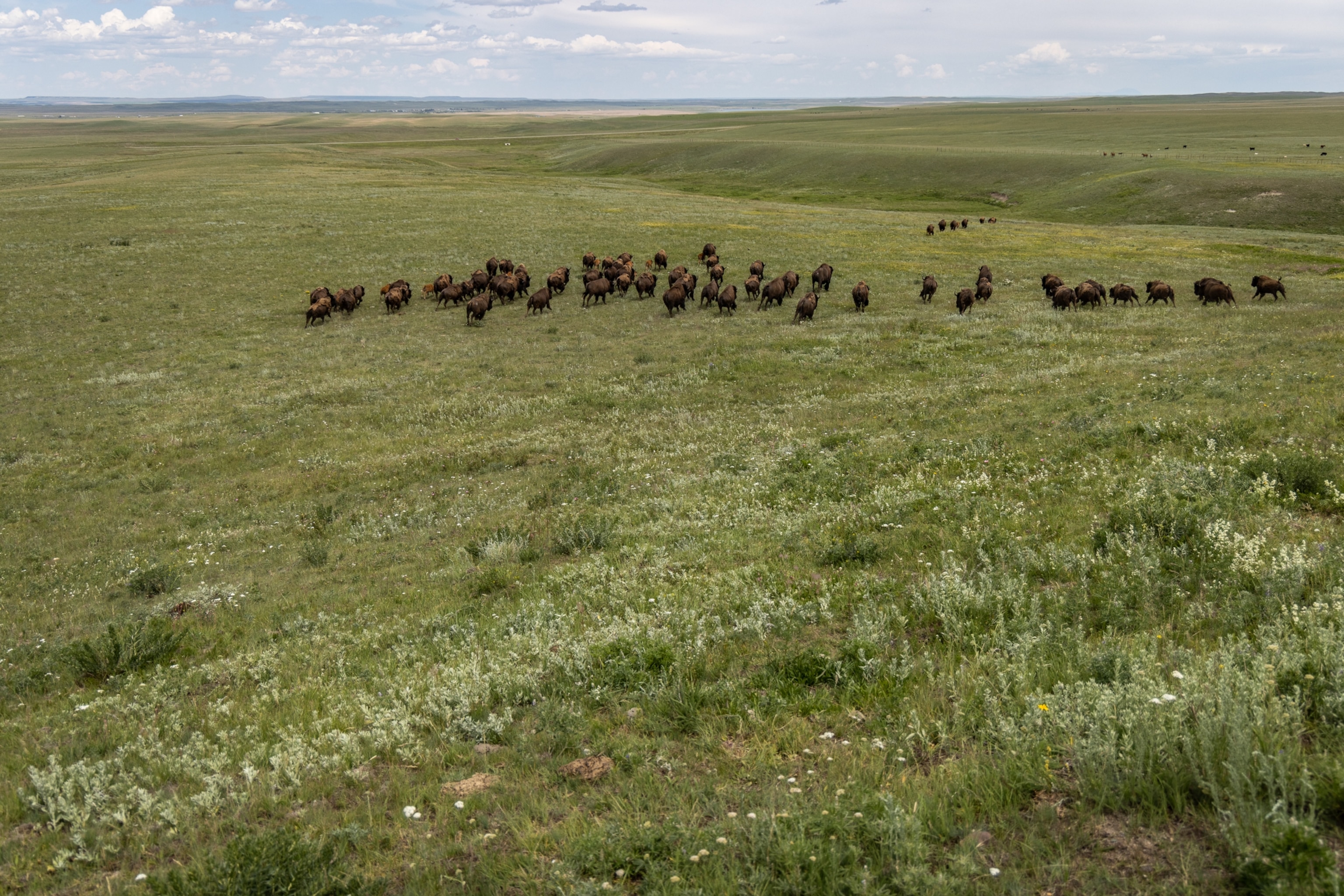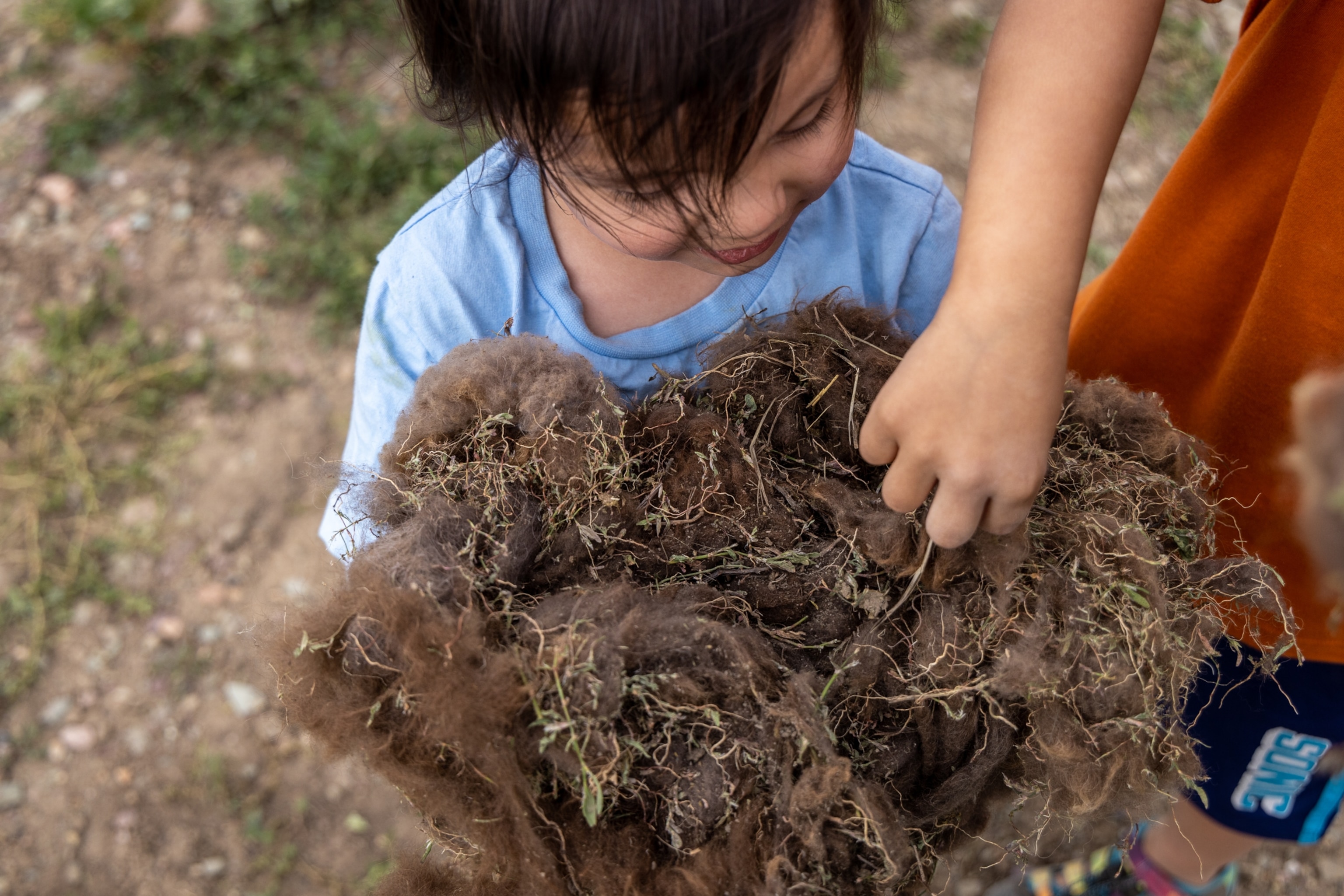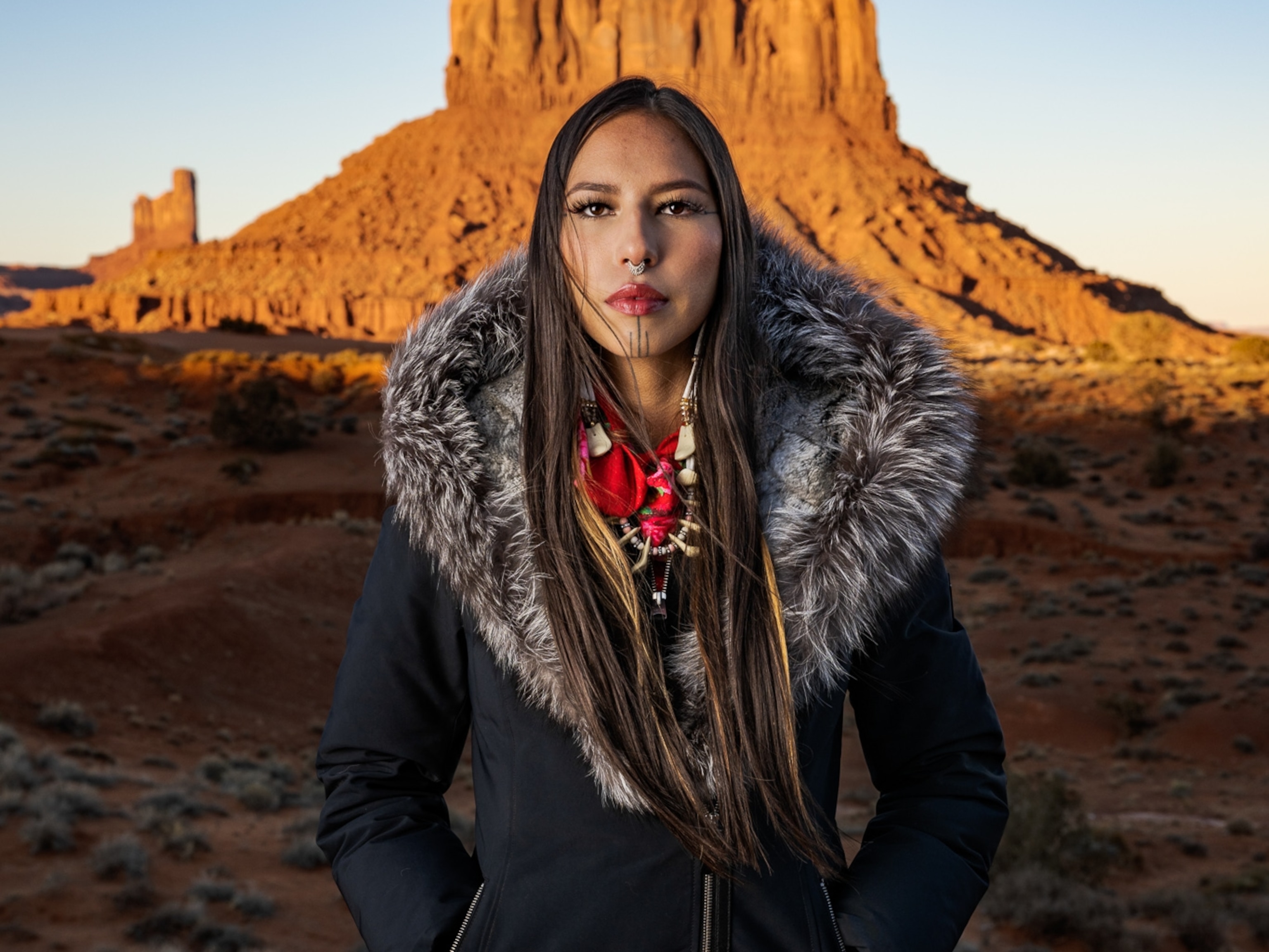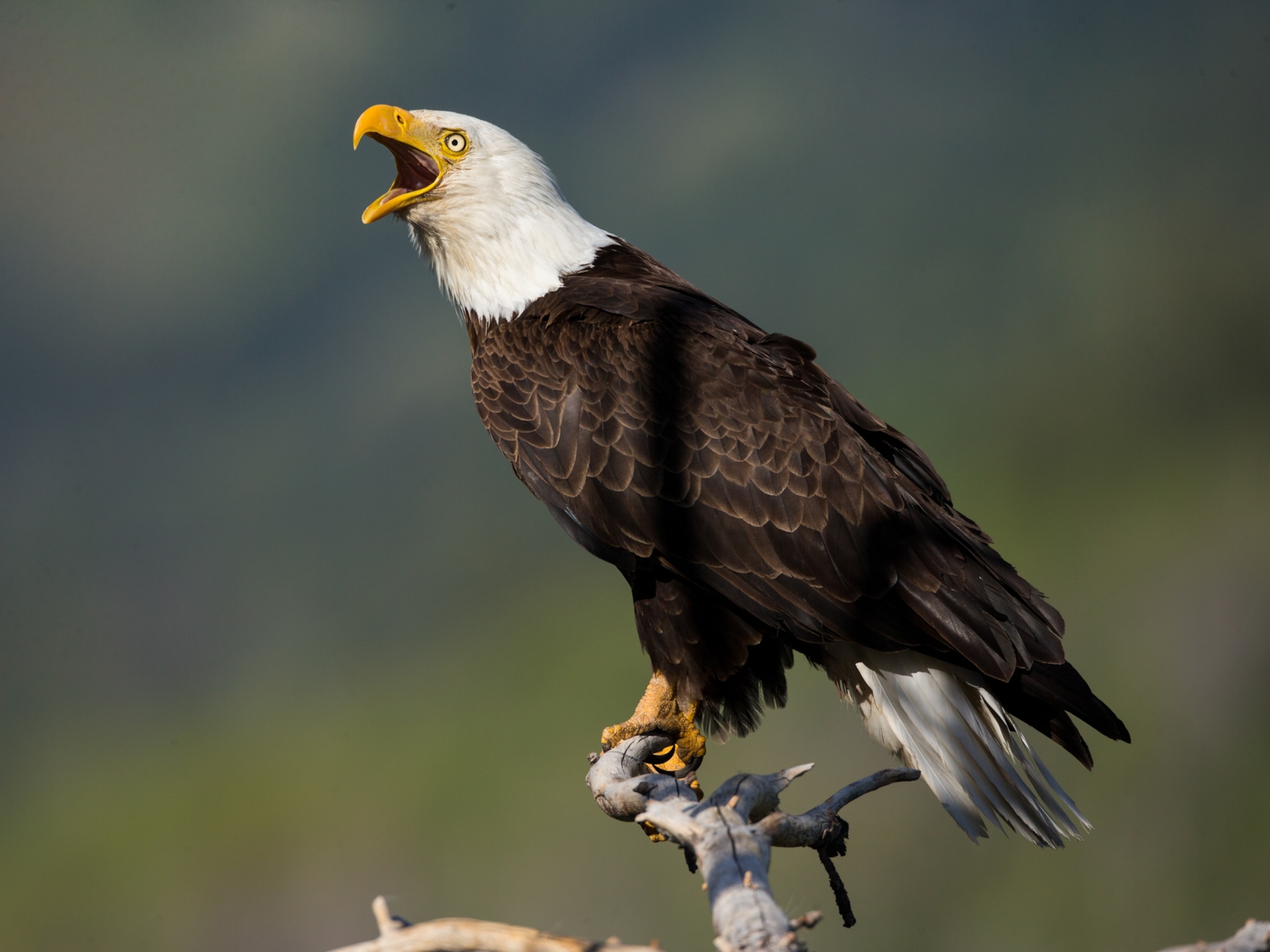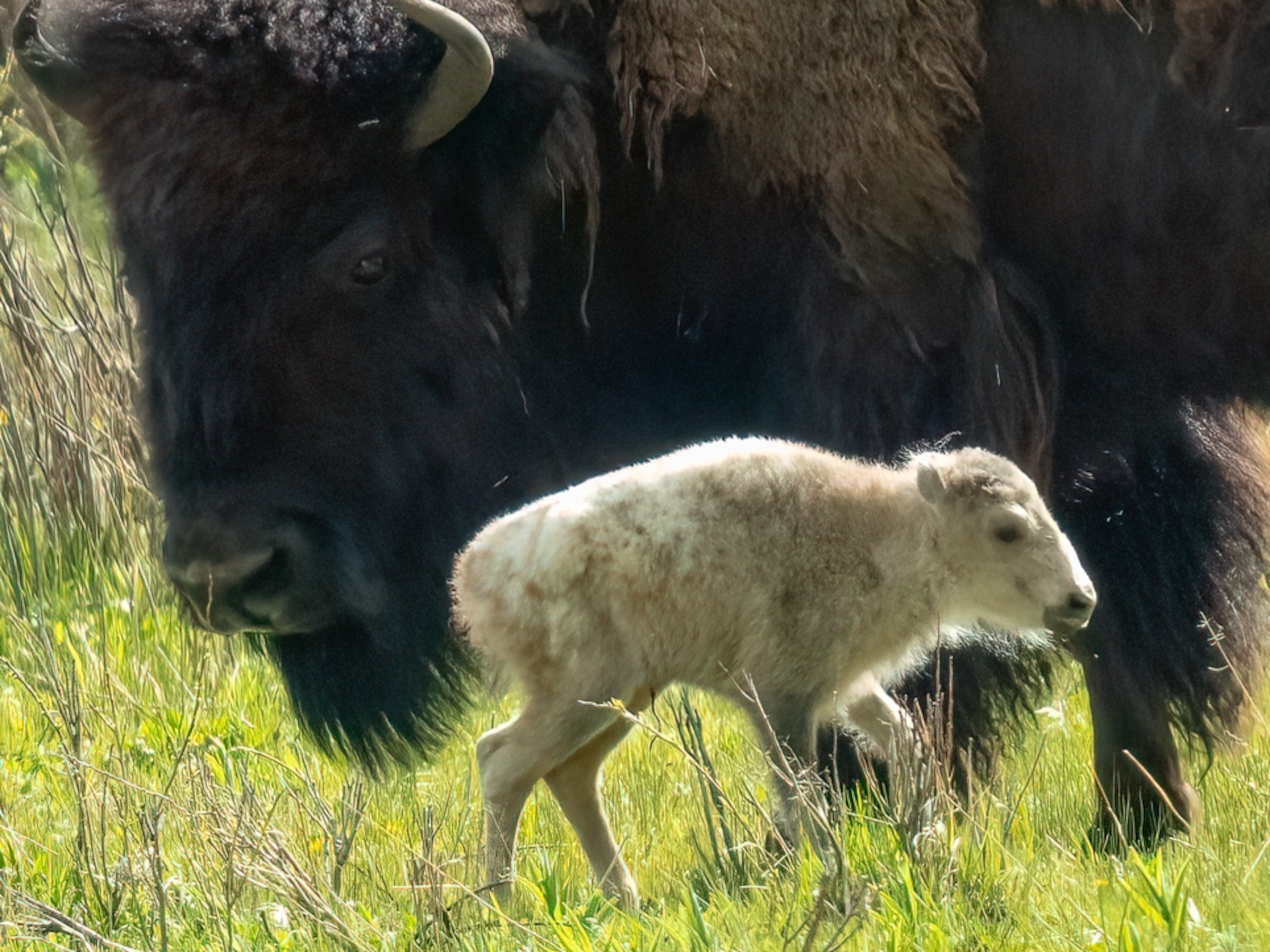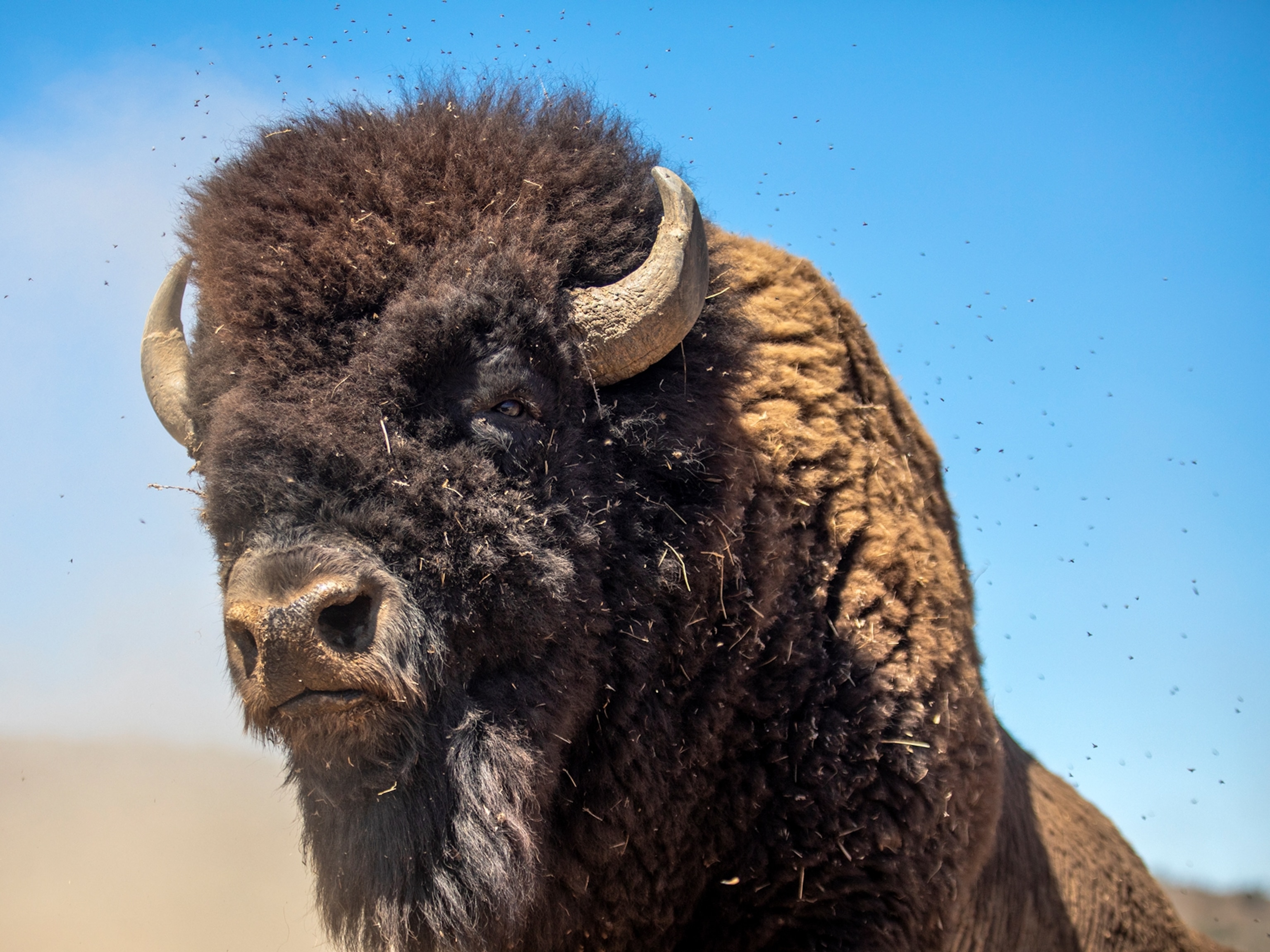At long last, the American buffalo has come home
A conservation effort has returned bison to Blackfeet Nation tribal lands more than a century after the animal was nearly slaughtered to extinction.
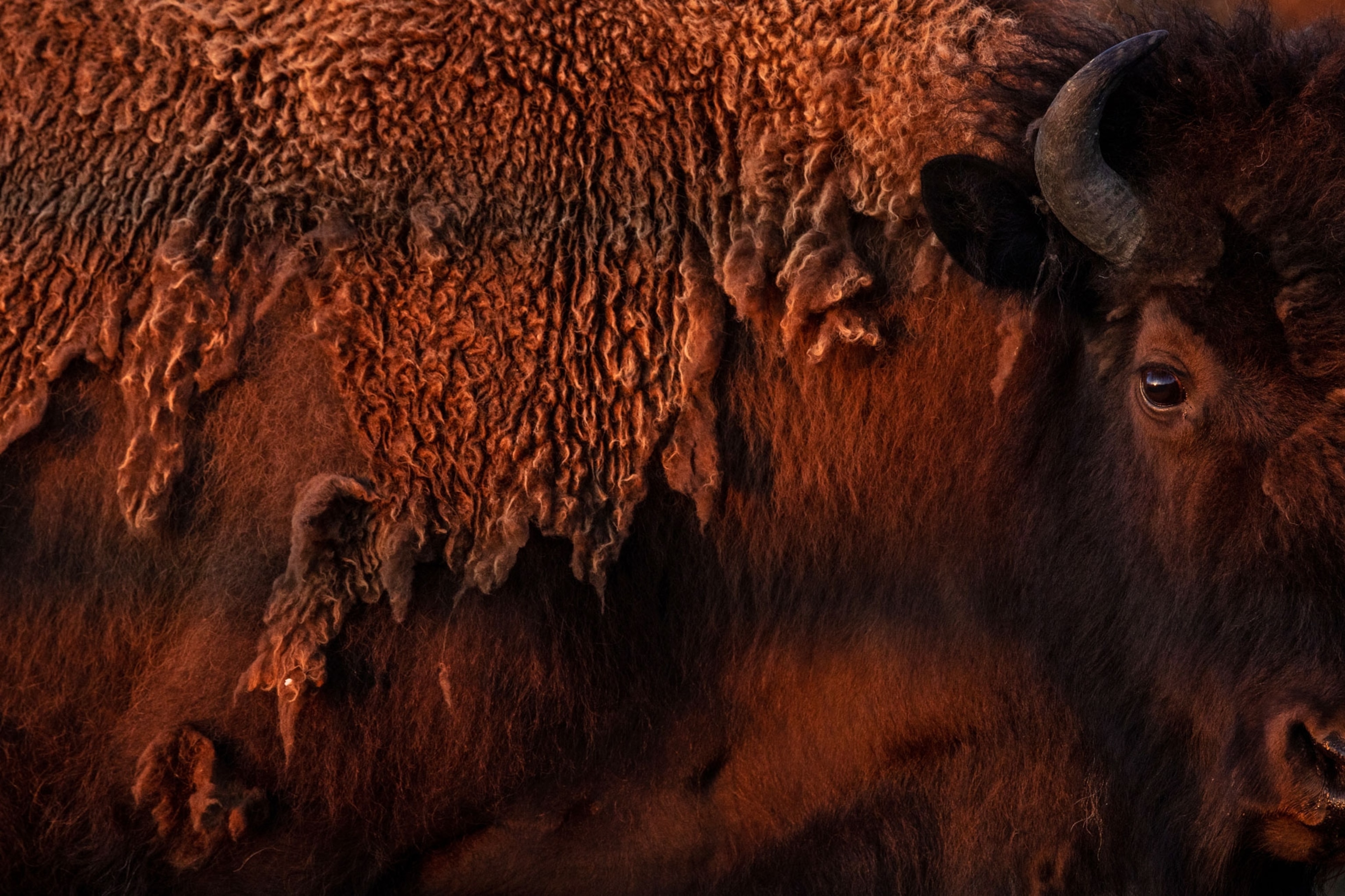
“Nititawahsi” is the Blackfeet name for our land—the land where the iinnii (buffalo) live. Our people are Niitawahsin-nanni: the people of the land where the iinnii live.
As colonizers moved west, millions of buffalo were killed and brought to the edge of extinction. Millions more Native peoples were murdered, displaced, and forced to assimilate. By the end of the 19th century, only 300 buffalo were left in the wild and Native populations dropped to less than 300,000.
Now, after more than 150 years, iinnii have finally returned to their homeland, the Amskapi Pikuni (Blackfeet Nation) tribal lands, to roam free.
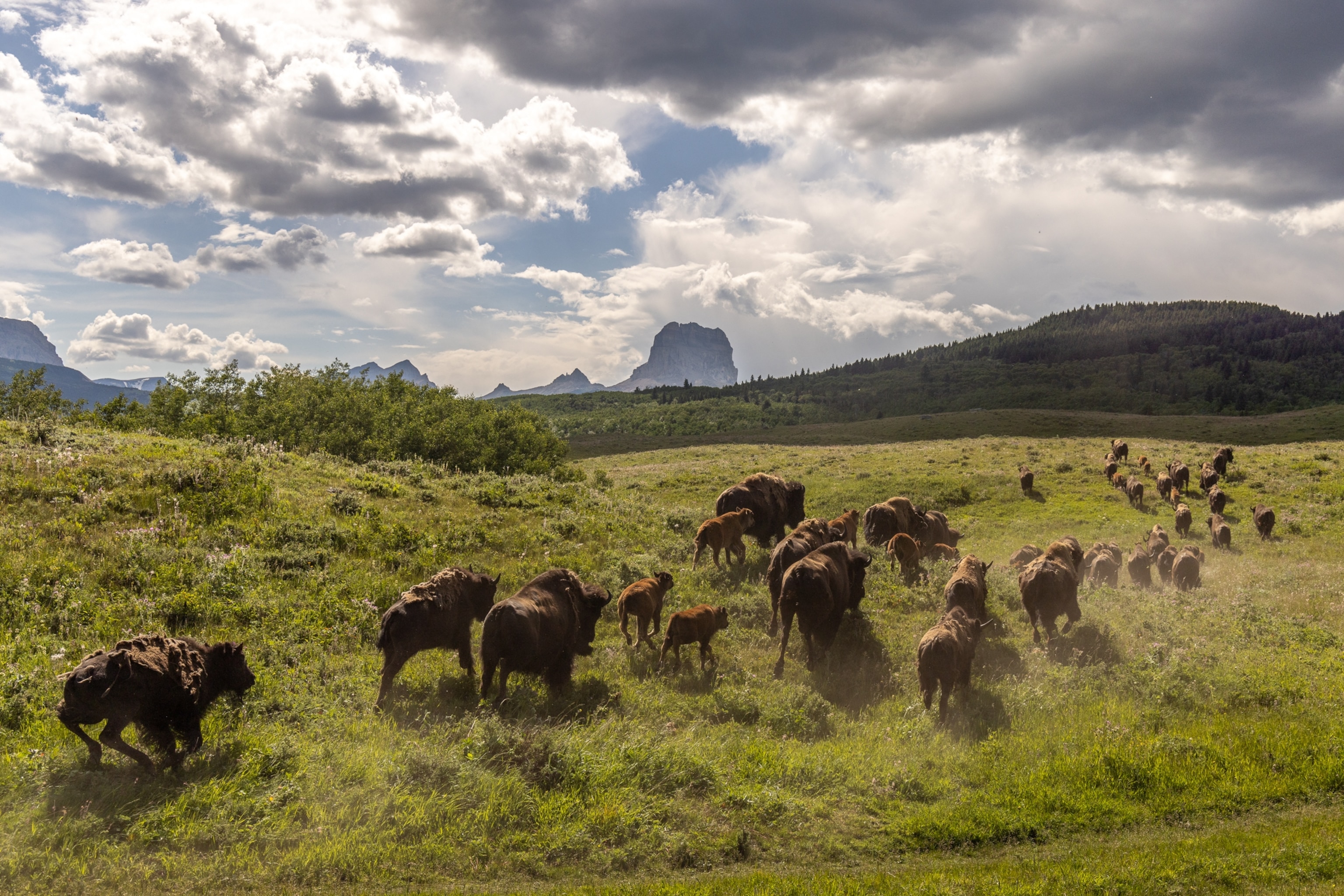
“I can’t hardly describe the feeling that I have. I have this jittery feeling, goosebumps,” says Ervin Carlson, director of the Blackfeet Nation Buffalo Program. “It just feels so good to finally see them here in this place they want to be.”
On June 26, 49 iinnii were released into the wild at the base of our sacred Ninaistako (Chief Mountain), a strong miistaaki (mountain) that stands tall like the warbonnets of Blackfeet warriors. This miistaaki towers along the border of the Blackfeet Nation, Glacier National Park in Montana, and Waterton National Park in Canada.
Our people, the Siksikaitsitapi (Blackfoot Confederacy) always believed the land we came from was a gift of the Creator, Ihtsi-pai-tapi-yopa. Our stories tell us that iinnii was created as a gift for our people as our life source. The iinnii were and still are our staff of life.
The iinnii coming back and being free on Blackfoot lands again is the beginning of reconciliation, says Cristina Mormorunni, director of Indigenous Led, the organization that supports cultural restoration and conservation of buffalo on Blackfoot lands. “This is the beginning of the truth being told about what happened, and they’re the best ambassadors,” she says.
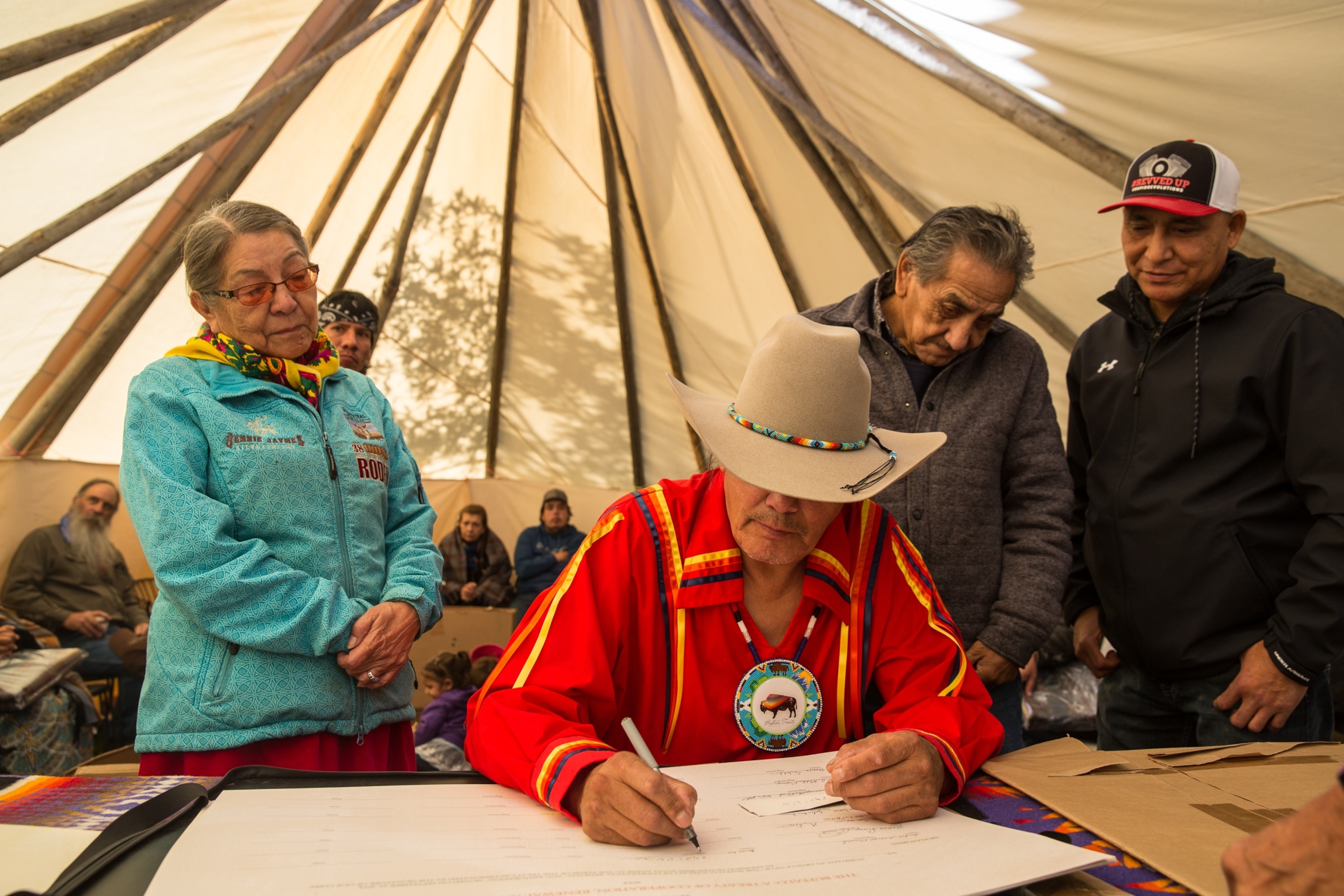
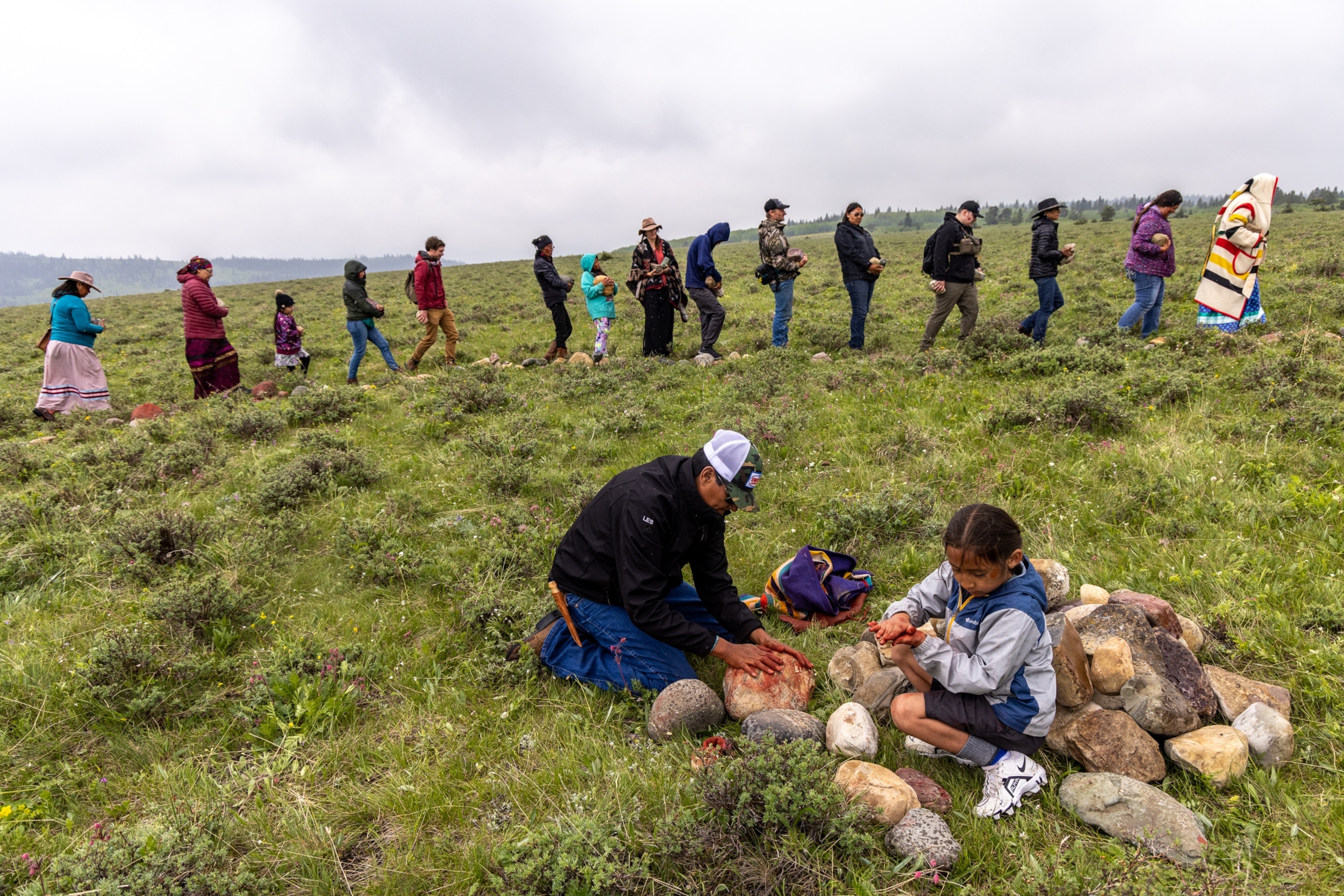

Helen Augare, a Blackfeet knowledge keeper and director of the Blackfeet Community College Native Science Field Center, has been an integral voice in the return of buffalo to Chief Mountain for the past 15 years.
Now that the buffalo are free, she says “there’s so much still to reconnect to and learn from them.”
“What does that future look like and what [do] our children and grandchildren need to know to be able to help iinnii live a full and prosperous life with us again?” Augare says. “It entailed everything from healthy people, healthy land, healthy water, and most of all healthy relationships. That in itself requires a lot of healing, growth.”
